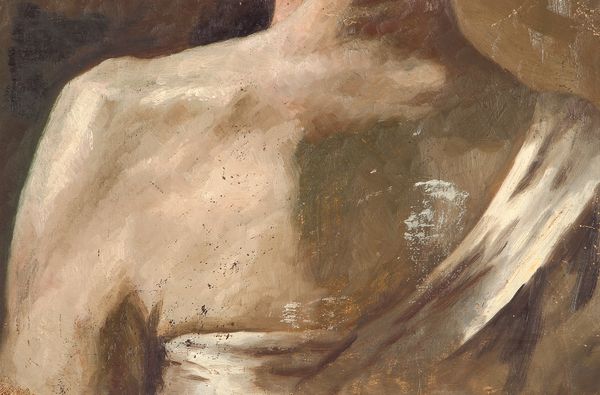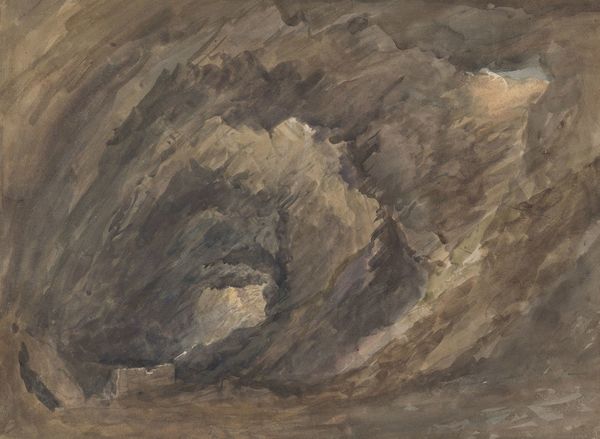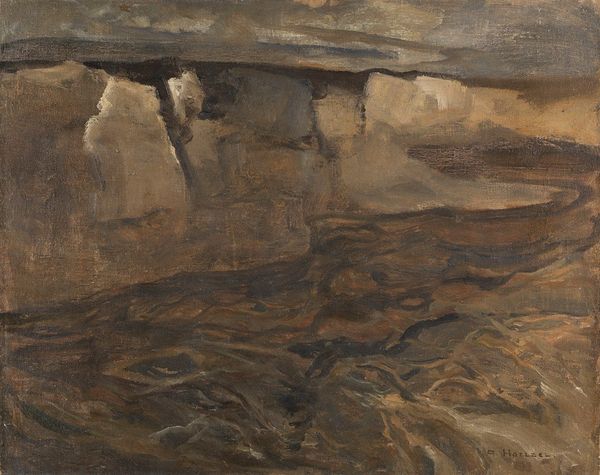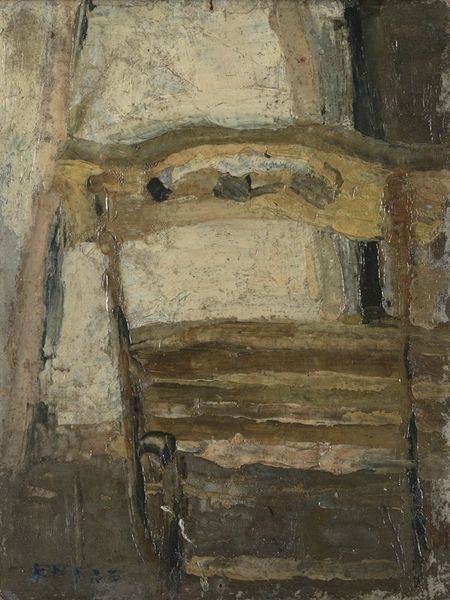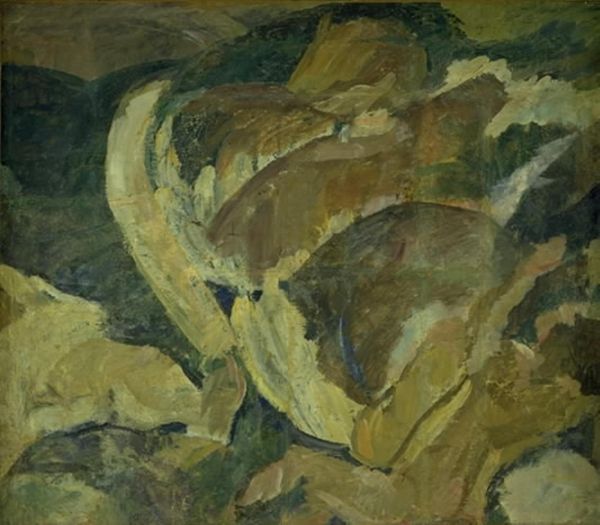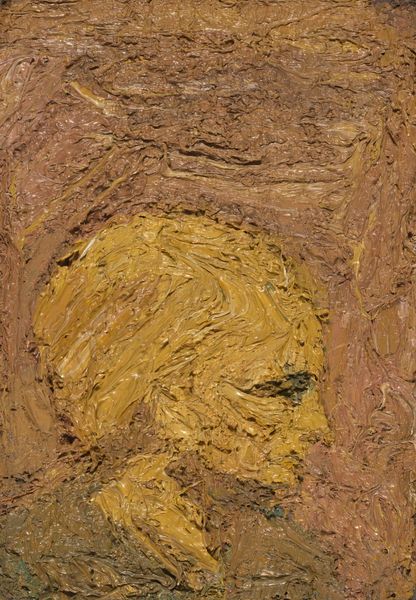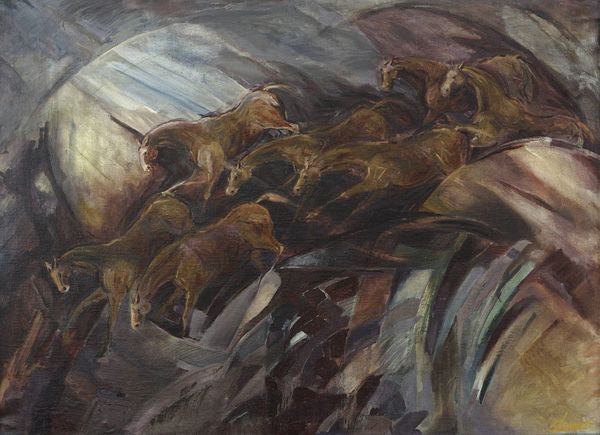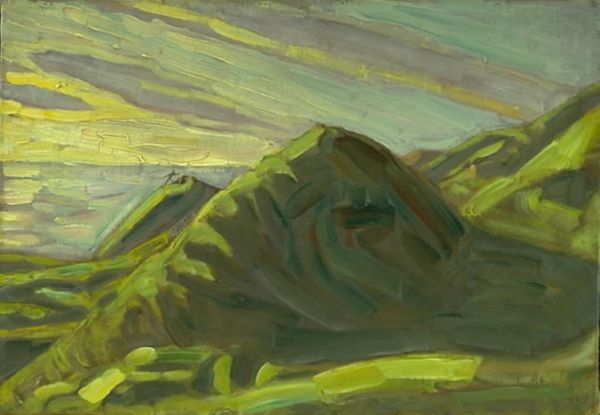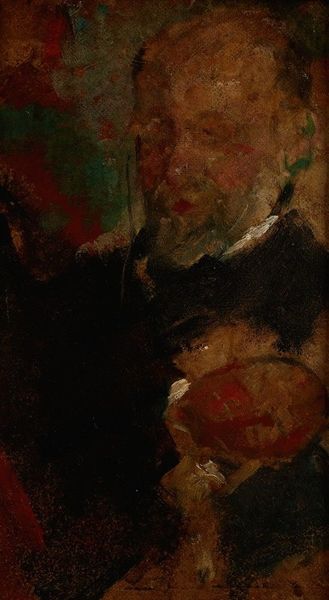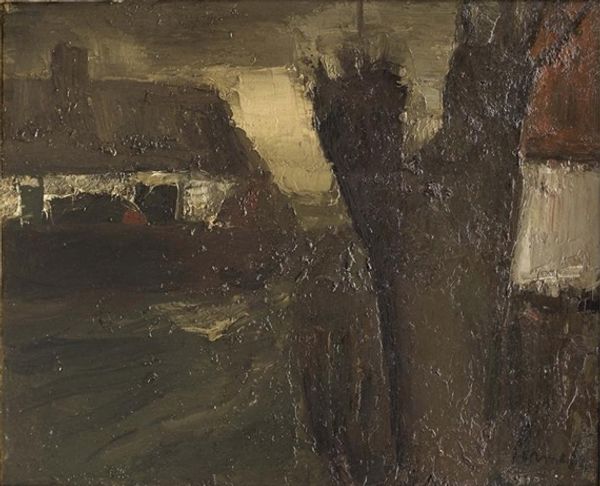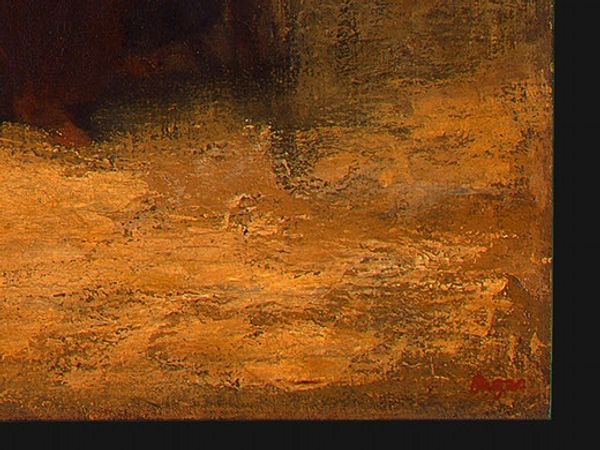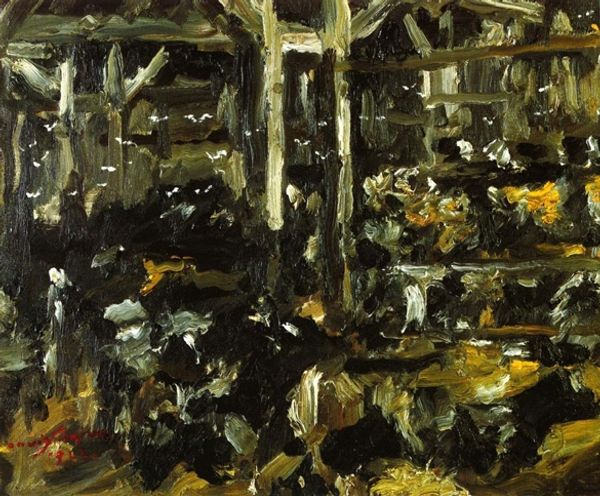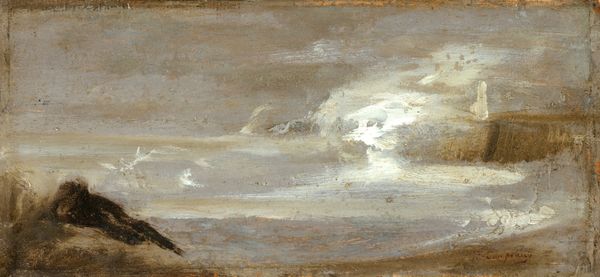
painting, oil-paint
#
painting
#
impressionism
#
oil-paint
#
landscape
#
oil painting
Copyright: Modern Artists: Artvee
Curator: Standing before us is Henri Matisse's "Vue de Paris," an oil painting rendered with the captivating strokes of impressionism. What strikes you initially about it? Editor: The texture, definitely. It’s so thickly applied—almost sculptural, especially around the arches of the bridge. It feels less like a landscape and more like an investigation of paint itself, of its potential to build form. Curator: Yes! And that heavy impasto draws attention to the means of production. We consider Matisse such a master, yet here we witness the raw physicality of applying oil paint, a reminder of labor involved. It’s humble. Editor: Humble in a way, yet also demonstrative. It's saying, "Look at what this substance, processed from earth and refined by human hands, can achieve." Bridges connect, sure, but here, it's also about connection to materials, to the act of making. Did these thick layers require certain binders or oils, I wonder? Curator: A painterly science! I think that Matisse's relationship with space and form always seemed deeply personal, intuitively explored—that he chose this technique to convey the solidity and history in Parisian cityscape feels profound. A heavy heart rendered through a loaded brush. Editor: And I’m compelled to consider what bridge this is and who would've used it in Matisse's time. A bridge facilitates trade and the movement of labor—factors inseparable from the production and reception of art, including this very painting. Even the colors chosen could stem from the earth itself, pigments ground and mixed with laborious effort. Curator: That gives new weight to the scene! A quiet reflection on daily passage becomes monument to human endeavour. Thanks to Matisse’s vision and your insights I feel enriched to regard not merely what I see, but what it truly represents. Editor: Indeed. We see the world built in a few distinct strokes and it reveals layers of time, resources, and history. We are merely observers, then conduits, bridging understanding between the past and present.
Comments
No comments
Be the first to comment and join the conversation on the ultimate creative platform.
